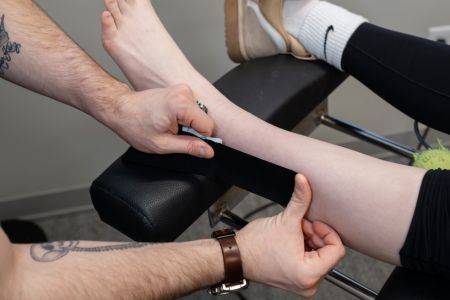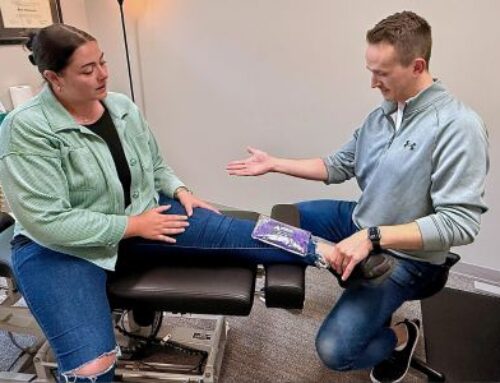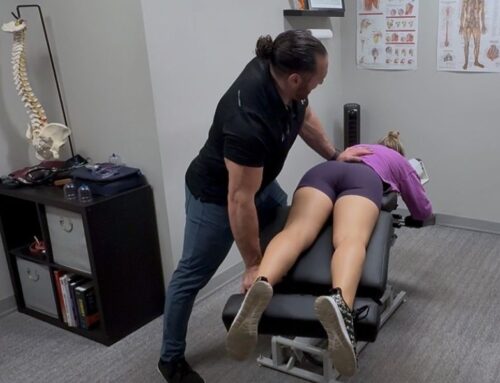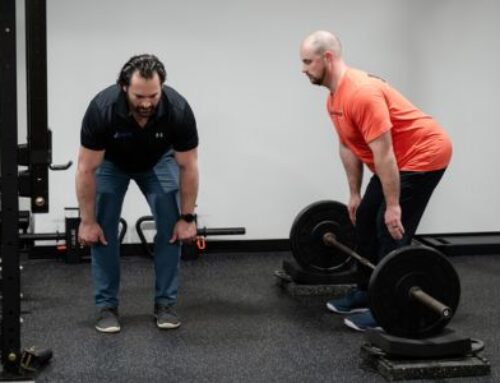Dance is one of the most demanding art forms on the body. The precision, repetition, and hours of training create beautiful movement, but they also put dancers at risk for unique injuries. One often overlooked condition is tarsal tunnel syndrome in dance.
What Is Tarsal Tunnel Syndrome?
Tarsal tunnel syndrome in dance is a nerve entrapment condition in the ankle. The tibial nerve runs through a narrow passage called the tarsal tunnel, located on the inside of the ankle. When this nerve becomes compressed or irritated, painful symptoms appear.
Common signs include:
- Tingling, burning, or numbness in the sole of the foot.
- Shooting pain along the arch or toes.
- Weakness or cramping in the foot during activity.
For dancers, these symptoms may feel similar to plantar fasciitis or general fatigue. The difference is that tarsal tunnel syndrome involves nerve irritation, not just muscle or ligament strain.
Why Dancers Are at Risk
The physical demands of dance create constant stress on the ankle and arch. Relevés and pointe work require long periods of weight bearing through the forefoot, which compresses the tibial nerve. Grand jetés, leaps, and jumps place repetitive impact forces through the ankle, while quick directional changes in contemporary and jazz create twisting stress. Even floorwork and partnering can strain the ankle when weight is unevenly distributed.
Overtraining, dancing on hard floors, or subtle hypomobility in the ankle joints can worsen these stresses. When combined, these factors increase the risk of tarsal tunnel syndrome in dance, especially for performers who train daily.
If you’d like to learn more about keeping your feet healthy for performance, check out our blog “Ready to Begin Dancing En Pointe?”.
Chiropractic Care for Dancers
As both a chiropractor and a former professional dancer, I understand how frustrating foot and ankle injuries can be. My goal is to relieve pain while restoring function, so dancers can return to the studio stronger and safer.
Chiropractic Adjustments
Subtle hypomobility in the ankle, foot, knee, or hip can increase stress on the tibial nerve. Gentle chiropractic adjustments restore motion and reduce irritation around the tarsal tunnel.
Soft Tissue Mobilization
Tight muscles and fascia around the ankle often compress the nerve. Soft tissue mobilization techniques help release this tension, improve circulation, and reduce inflammation.
I often use instrument-assisted soft tissue massage to break up restrictions in the fascia and improve tissue glide. Cupping therapy can also be highly effective, creating decompression that lifts tight tissues and increases blood flow to the area. Combined with targeted massage, these approaches help reduce irritation around the tibial nerve and promote faster healing.
Rehabilitative Exercises
Recovery requires strength and stability. I guide dancers through exercises that stabilize the ankle, strengthen intrinsic foot muscles, and improve balance. Mobility and stretching drills help prevent recurrence.
This comprehensive approach—adjustments, soft tissue work, and rehab—addresses both symptoms and underlying causes.
Prevention Tips for Dancers
While treatment can resolve symptoms, prevention is always the best strategy. Dancers can lower their risk of developing tarsal tunnel syndrome in dance by following a few simple guidelines:
- Warm up thoroughly before class and rehearsals with dynamic movements that prepare the ankles and feet.
- Strengthen the lower legs through cross-training with resistance bands, calf raises, and balance drills.
- Stretch regularly, especially the calves and plantar fascia, to maintain mobility around the ankle.
- Check footwear to ensure pointe shoes, ballet slippers, or jazz shoes fit correctly and provide adequate support.
- Vary training surfaces when possible, avoiding excessive practice on hard floors without proper marley or sprung support.
- Listen to your body and rest if pain, numbness, or tingling begins to appear. Early recognition prevents worsening irritation.
By combining these preventive steps with proper recovery habits, dancers can keep their feet healthy and resilient for years of performance.
Returning to Dance Without Pain
Managing tarsal tunnel syndrome in dance takes more than rest. Dancers need a treatment plan that considers the unique demands of their art form. With early care, most can return to training and performance without long-term limitations.
If you notice burning, tingling, or numbness in your feet while dancing, don’t ignore it. Chiropractic care can help you recover quickly and get back to what you love. You can book an appointment with me here.
For more conversations at the intersection of dance and health, listen to The Dance Up! podcast, which I co-host with Assistant Professor of Dance Danielle Lydia Sheather. Our goal is to help dancers better understand their bodies and the care available to them.





